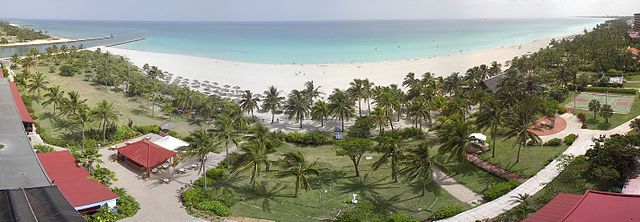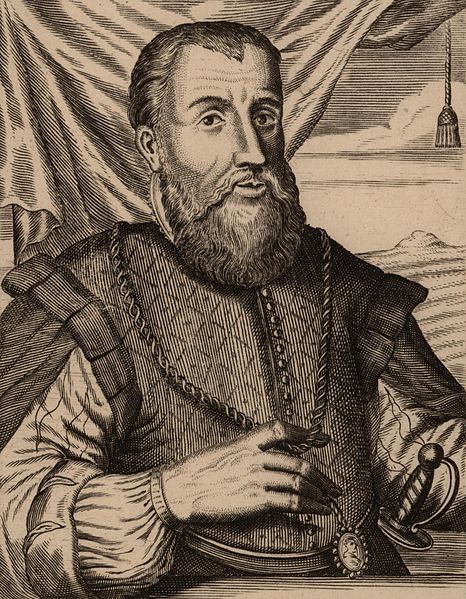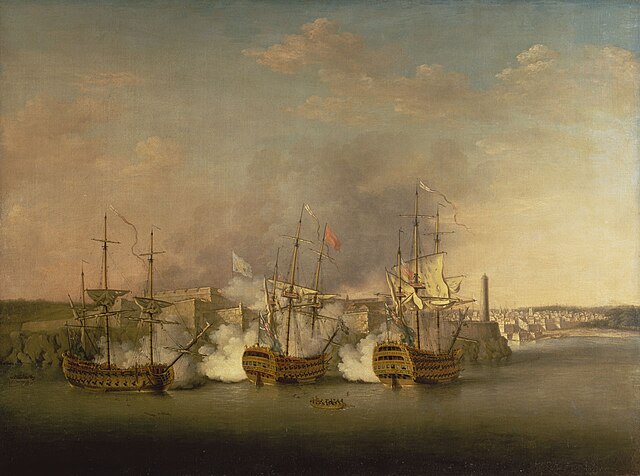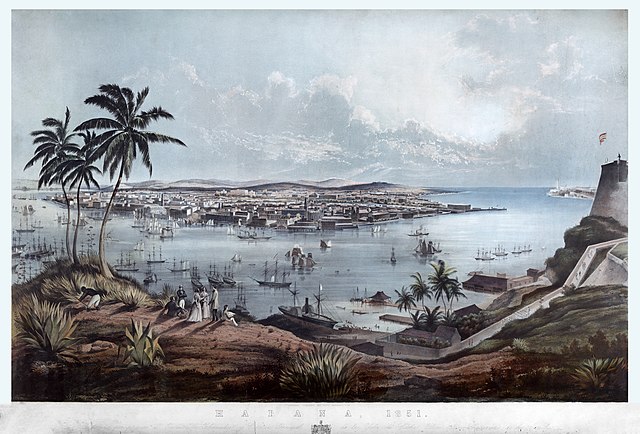Tourism in Cuba is an industry that generates over 4.7 million arrivals as of 2018, and is one of the main sources of revenue for the island. With its favorable climate, beaches, colonial architecture and distinct cultural history, Cuba has long been an attractive destination for tourists. "Cuba treasures 253 protected areas, 257 national monuments, 7 UNESCO World Heritage Sites, 7 Natural Biosphere Reserves and 13 Fauna Refuge among other non-tourist zones."
The beach in the resort town of Varadero
Hotel Nacional in Havana. The hotel's guestlist includes Frank Sinatra, Winston Churchill and Ernest Hemingway, and also played host to the infamous Havana Conference in 1946
"Cocotaxis" in Plaza de la Revolución, Havana. Because of the rapid growth of tourism in Cuba, taxi drivers can earn more than lawyers and doctors.
A street in the popular tourist district of Old Havana
Cuba, officially the Republic of Cuba, is an island country, comprising the island of Cuba, Isla de la Juventud, archipelagos, 4,195 islands and cays surrounding the main island. Cuba is located where the northern Caribbean Sea, Gulf of Mexico, and Atlantic Ocean meet. Cuba is located east of the Yucatán Peninsula (Mexico), south of both the American state of Florida and the Bahamas, west of Hispaniola, and north of Jamaica and the Cayman Islands. Havana is the largest city and capital. Cuba is the third-most populous country in the Caribbean after Haiti and the Dominican Republic, with about 11 million inhabitants.
Diego Velázquez de Cuéllar, conquistador of Cuba
A painting of the British capture of Havana in 1762
Slaves in Cuba unloading ice from Maine, c. 1832
19th century view of Havana








